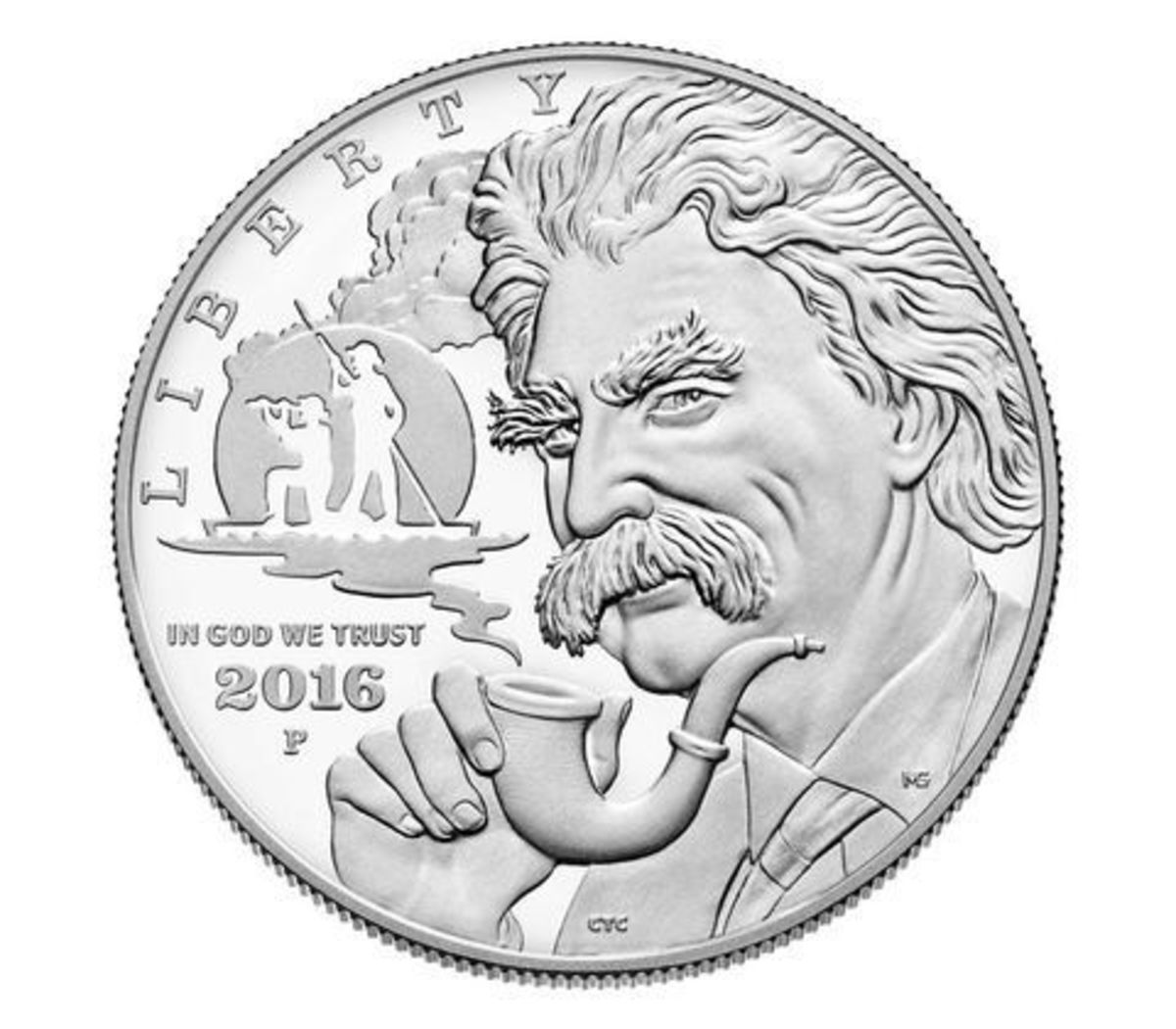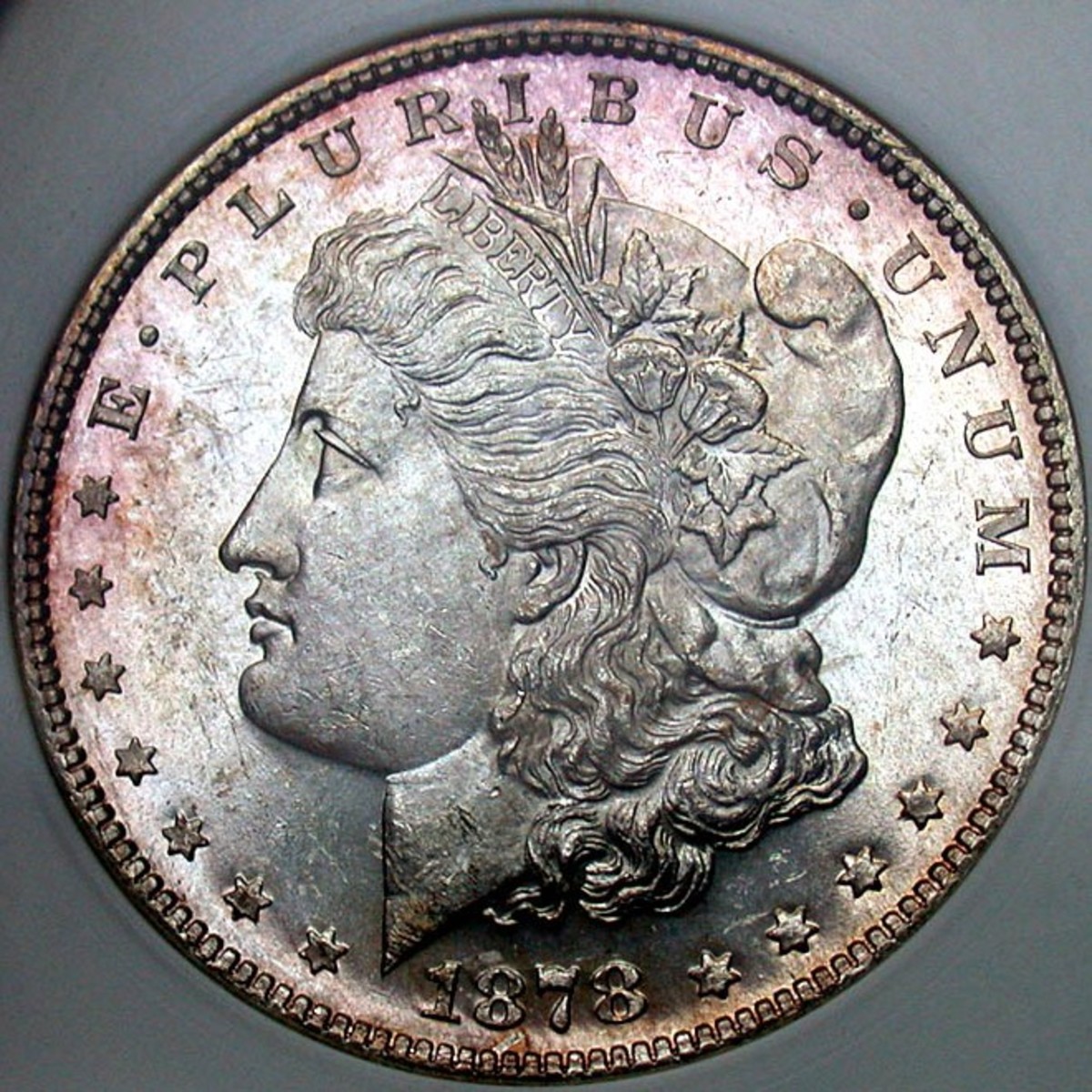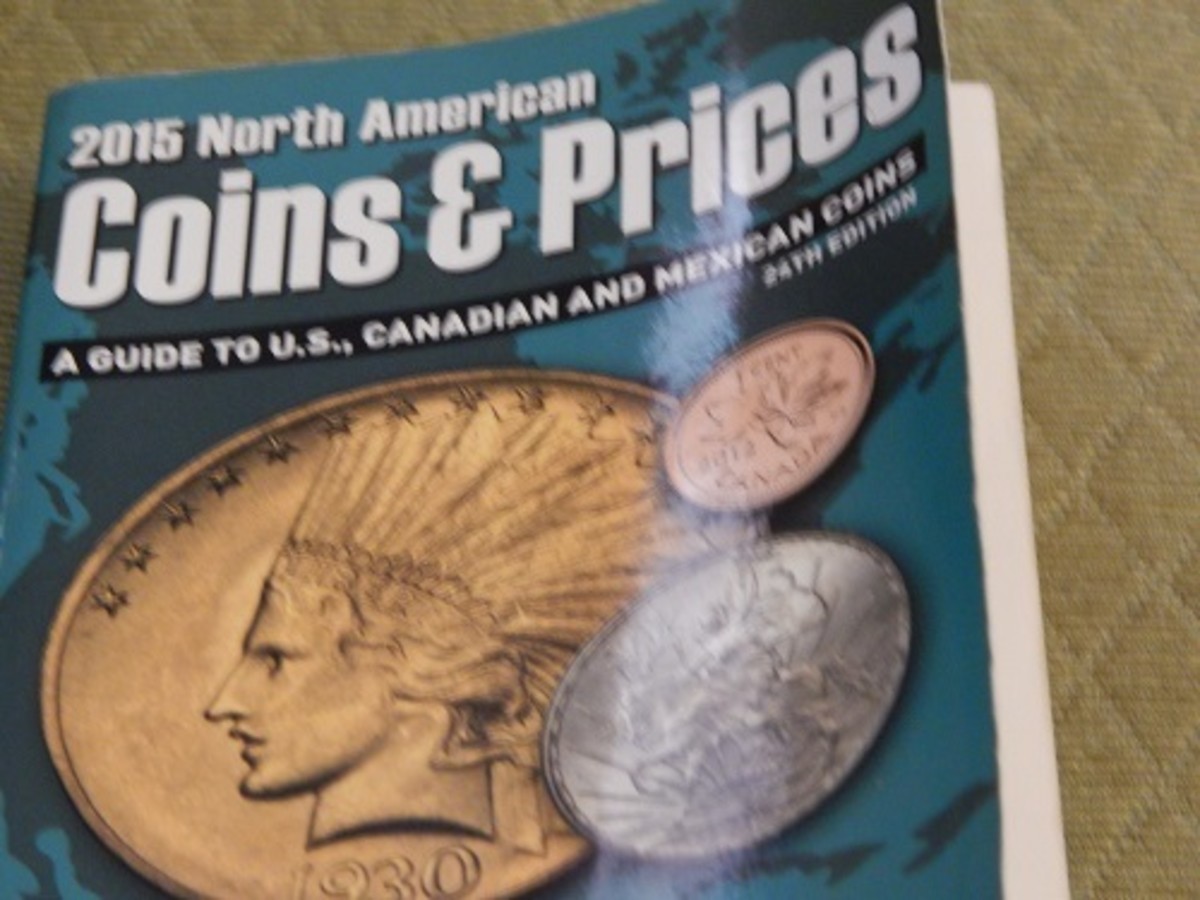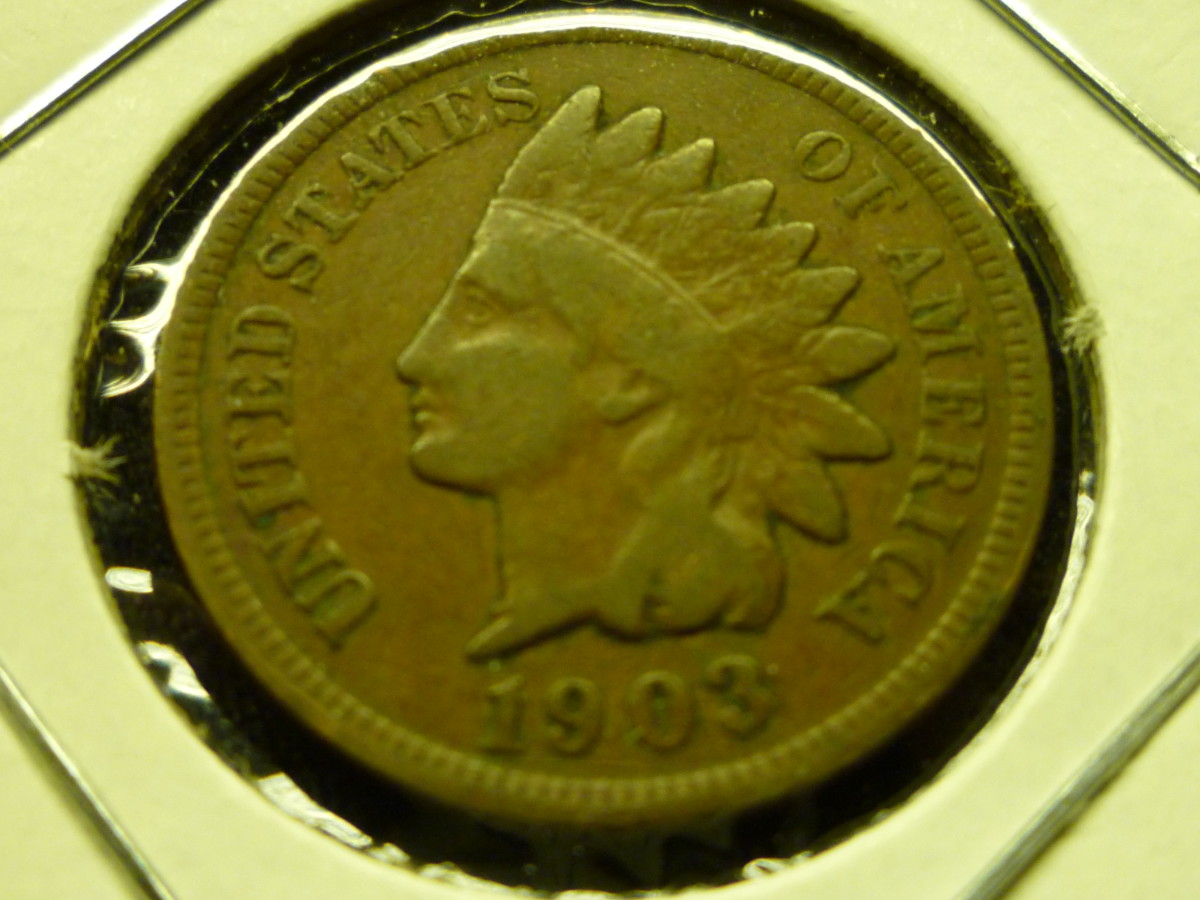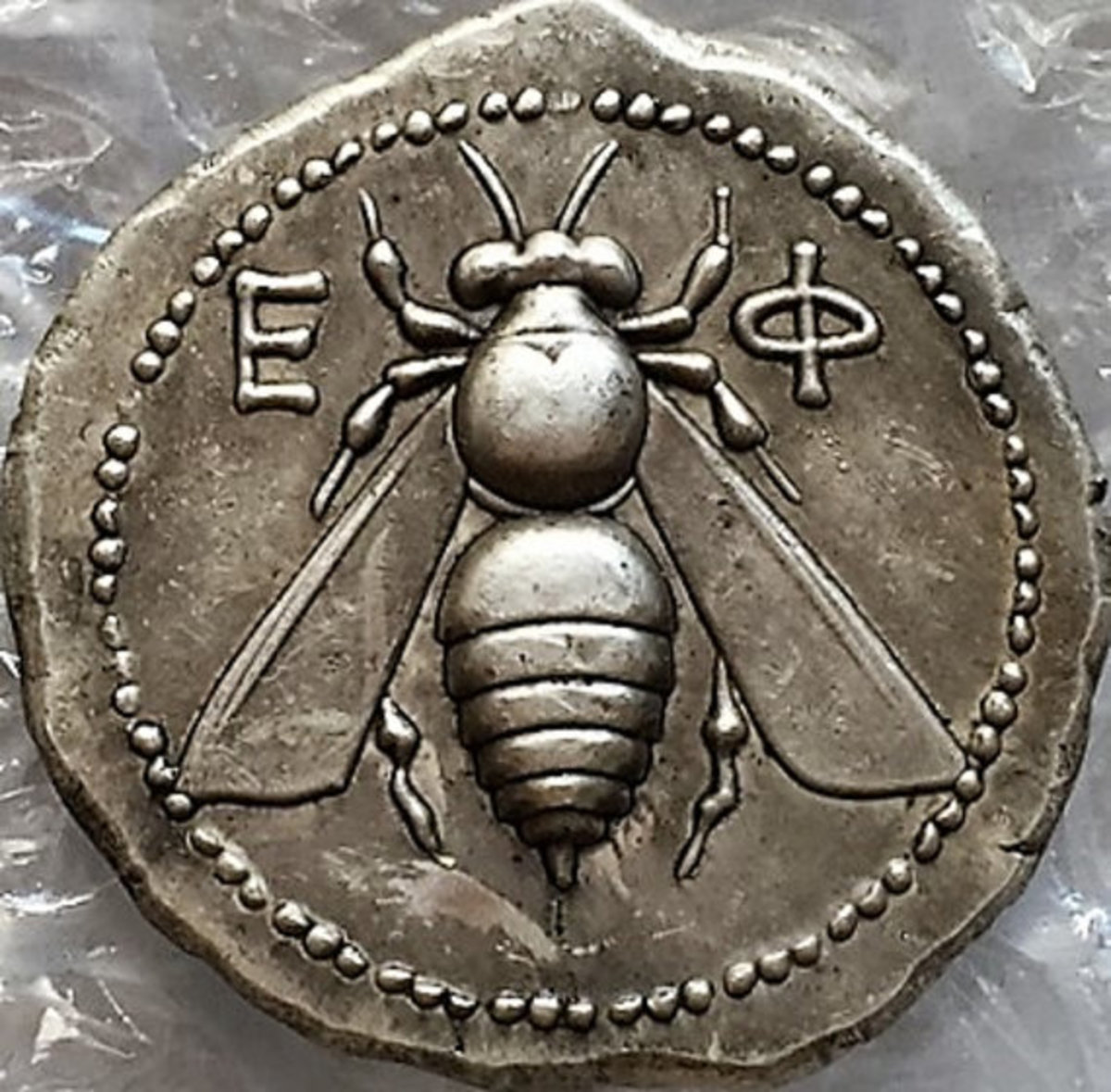Morgan Silver Dollars are great silver dollars to collect
Morgan silver dollars!
Photos courtesy of www.coin123.com
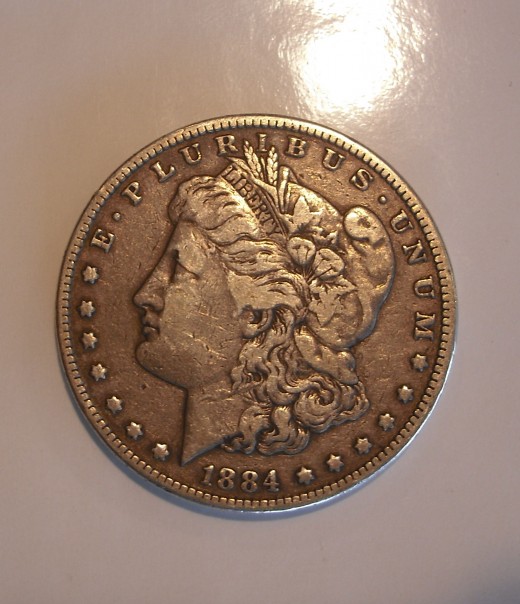
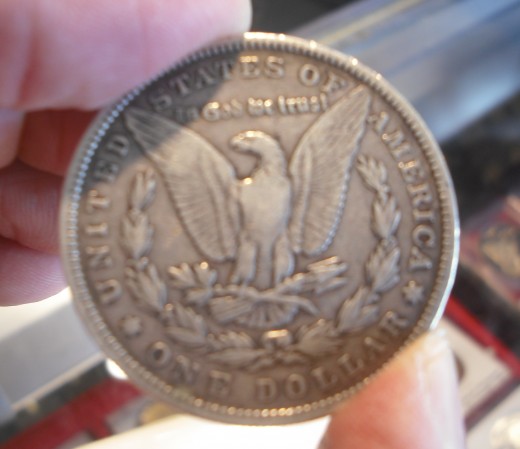
The Morgan Silver Dollar.
Minted from 1878 until 1904, and again in 1921, the Morgan Silver Dollar was the result of the Comstock lode. The story of the Comstock lode itself bears repeating. In the late 1850s, there were still lots of people searching the hills of California for gold. A man by the name of Henry Comstock, happened across two other men, the Grosh brothers, as they were in the process of panning for gold. Seeing that there were nuggets in the Grosh brothers pan, Henry declared that they were on his property. In fact they weren't, but cowed by his presence, all became partners in what they hoped would be a giant gold deposit. They kept at it for a while, working hard panning for gold in the ubiquitous blue gray mud that engulfed the area. After a while, they determined to sell their stake to other people. Each received some few thousands of dollars, and disappeared into obscurity. The people who bought the stake, were the real winners! It turned out that that blue gray mud was actually silver ore. The discovery of this silver mine, and others in the area, produced a veritable river of silver that eventually expressed itself as silver dollars, as well as coins of lesser denominations.
Evidently, the figurative headwaters of the Morgan Silver Dollar, in the form of the Comstock lode, and other silver deposits, came almost 20 years before the first Morgan Silver Dollar was struck. The first effects of this flood of silver was in the minting of almost 2.5 million Seated Liberty dollars between 1871 and 1873. The coins minted in these years were effectively muscled in by silver lobbyists. The United States government ended the production of silver dollars for stateside circulation in 1873, but they allowed vast quantities of trade dollars to be minted for export overseas to China. Things went along okay with this plan until 1876 when the price of silver fell well below that of the dollar. At this time, the trade dollars started to flood into the United States and to undervalue its currency. Once again, the government stepped in and ceased production of the trade dollar for general circulation in 1878. That very same year, it determined that a new silver dollar, would be minted such that its value would be at a 16 to 1 ratio to gold. The same bill, introduced by “silver” Dick Bland, a Democrat from Missouri, and cosponsored by a Republican senator, William Allison from Iowa, required that the treasury purchase between $2 and $4 million worth of silver to be minted into silver dollars every month. Though President Rutherford B. Hayes vetoed this bill, it was overridden on February 28, 1878. And so the floodgates were opened, and the silver interests had a place for all their silver to go.
Features of the Morgan Silver Dollar.
Millions upon millions of these coins were minted every year. In the first year production alone, approximately 25 million coins were made. It truly was a vast quantity of silver that had been hidden in those hills all those years. And who was responsible for the design of the silver dollar whose production numbers were higher than any other silver dollar ever? An Englishman. That's right, the director of the U.S. mint, Henry R Linderman, approached British mint officials to see if they had any promising young engravers. They highly recommended the then 30-year-old George T. Morgan. And so, Linderman accepted Morgan on a six month trial basis at the United States mint. Morgan was Linderman's favorite, and Linderman passed over the design of William Barber, the chief engraver, in favor of Morgan's design. For the portrait of Liberty, Morgan chose one Anna W. Williams to pose for him. Before the time of television or movies, her image was more recognizable to more people than almost any other person.
Despite the fact that more than 500 million of these coins were produced before they stopped production in 1904, they never really caught on. In 1918, more than 270 million Morgan dollars were melted down to help provide for the war effort. Some of these were returned by the public, but many of them came from vast treasury stockpiles that had never been released. During the time that they were in common circulation, they were nicknamed as the buzzards (because of the sickly looking eagle on the back of the coin) and also referred to as cartwheels, because of their large size and weight.
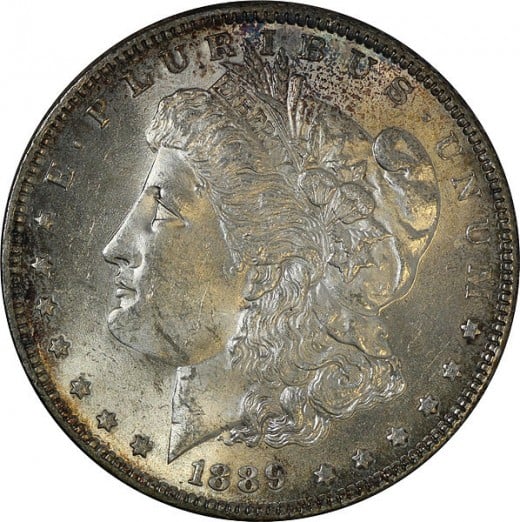
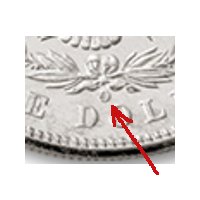
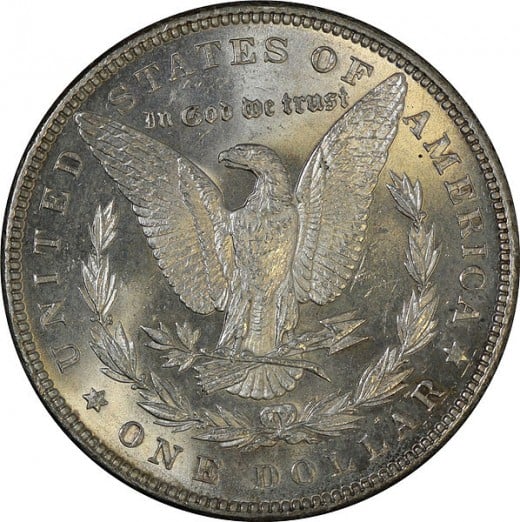
Ascetics of the Morgan Dollar: Judge for yourself.
On the front of the coin, is a representation of Liberty, which Morgan hoped would resonate with the values and ideals of America. To this end, rather than a stylized Greek representation, he chose for his model the aforementioned Mrs. Williams, a schoolteacher. In her hair is a ribbon with the word LIBERTY inscribed on it. The date follows the curve of the coin at its bottom. From there, seven stars arc up the side of the coin to the left, and six stars arc up the side of the coin to the right. These stars represent the 13 colonies, and are a reoccurring theme on all the silver dollars up to this point. Above Liberty's head, once again following the curve of the coin, are the words E PLURIBUS UNUM (out of many one).
On the reverse of the coin, is a realistic representation of an eagle. Its wings are spread, and in its talons it holds arrows and an olive branch. There lies a laurel wreath below the eagle, and the words IN GOD WE TRUST floats above its head. Around the edge of the coin, at the top, are the words, UNITED STATES OF AMERICA; and at the bottom, ONE DOLLAR. In relation to earlier silver dollars, the eagle looks very thin. The derisive nicknames that this coin had, in my opinion, were unfounded.
Varieties of the Morgan Silver Dollar.
When considering the value of this coin, one important feature to keep in mind is that when they are too worn, then they are only worth the value of their silver. In fact, most Morgan dollars have to have a coin grade of at least 20, also known as very fine, to be listed in reference books or magazines that print coin prices. With the rising price of silver, many of these coins are of little interest to collectors for their numismatic value. However, this may make it easier for hobbyists to get dates of a better grade if they are on a budget. In general, these coins range in value from the price of silver at the low-end, to about $3-$5000 for uncirculated proof coins. The general exception to this rule, is the 1895 proof Morgan Silver Dollar. Mint records show that 12,000 of these coins were minted for general circulation. Additionally, there were 880 made as proof coins for collectors. Of these proof coins, only about 80 have been accounted for. All the other proof coins, and the ones intended for circulation, have mysteriously gone missing. Naturally, the remaining 80 or so, sell for a premium. Generally, one would expect to pay at least $100,000 for one of these coins.
Another highly unusual feature of the series, is a 15 year gap between the 1904 minting and the 1921 minting. The demise of the coin in 1904 came about as the result of various legalities. The silver interests would just have to satisfy themselves with silver being minted into smaller denominations. In 1918, Germany had convinced much of India that the silver certificates that were popular there (issued by the British government), were or would become worthless. This prompted a run on British banks by people living in India. In response to this situation abroad, democratic senator Key Pittman, championed legislation known as the Pittman act. When this legislation came into effect, it had the result of 270 million Morgan dollars being melted down; and then the raw silver (about 260 million troy ounces) being sold to Britain for a total of approximately $260 million. Then, as a further result of this bill, a like number of silver dollars were authorized to be minted. The first of these, produced in 1921, retained the Morgan Silver Dollar design, and about 85 million of them were made. Though it makes for an interesting story, the Morgan Silver dollars minted in 1921, are less valuable than their counterparts.
Various Silver Dollars for sale
The Morgan Silver Dollar comes of age.
Since the last of these coins was minted in 1921, public opinion has slowly come around so that there's interest in them again. In the 1960s, there were still lots of them squirreled away in bank vaults. Some people had been buying them up, and other silver dollars, but for the most part, they were just sitting there. However, between 1960 and 1964, many people started to trade in silver certificates for the silver dollars, because there was a difference in the value such that one profited by turning in a silver certificate and receiving a silver dollar. Additionally, as quantities of these coins were released in this way, some desirable dates surfaced. Both the public and the government took notice. Especially, when rarer coins with a Carson City mint mark were discovered. At this point, the government determined to sell off all these by sealed bid auction with the Public. In this way, many virtually uncirculated coins, found their way into the hands of excited collectors. The general enthusiasm for this coin gathered momentum with the discovery of a hoard of more than 400,000 of these coins after the death of a miser in Nevada. As people continue to be interested in buying and selling silver, these coins are certain to continue to trade hands. It is a very pretty coin, with a history that stops and starts again.
Further Reading.
I've published articles about all the "true" silver dollars here on hubpages.
The Eisenhower Dollar and the Apollo 11 Space Mission
The Eisenhower dollar, minted from 1971 until 1978, was the last of the over-sized dollars minted in the United States. Unlike its predecessor, the Peace dollar, the Eisenhower dollars made for circulation have no silver in them, but are comprised of the same metals that make up the quarters and half dollars from the same era. There were, however, special coins struck at the San Francisco mint for collectors, made of 40% silver and 60% copper.



